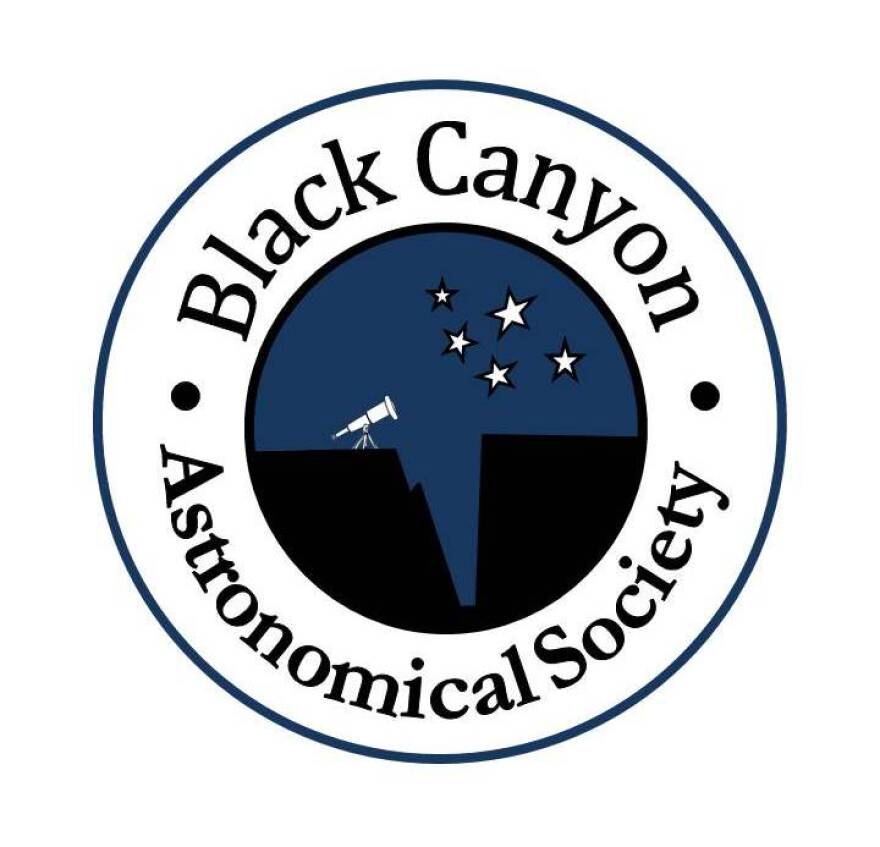Over the next week, the Full Moon will light up the otherwise dark skies of the Western Slope. While a spectacular sight in its own right, the glow of the Full Moon overwhelms many fainter stars and the fuzzy glow of the Milky Way from our sky. Even once it departs, something else often prevents us from getting the best view of the night sky, and it all starts with your own two eyes.
Perhaps you’ve noticed that human vision isn’t exactly optimized for seeing in the dark. The abilities of many nocturnal animals put us to shame. We see using two different sets of cells in our retinas: rods and cones. We use the high-resolution, color-sensitive cones during the daytime, when there is plenty of light entering our eyes to activate them. At night however, we rely mostly on the rods. Sadly, our rods are colorblind, which is why the night sky and other low light scenes appear in shades of gray. Only a few bright stars and planets are bright enough to trigger our color-seeing cones.
Despite their limitations, the rods are what give us what little night vision we do have. If you give them time, they are very sensitive to small amounts of light. Our rods need about 30 minutes of darkness to achieve their full potential. This period is known as “dark adaptation” and it is a key ingredient of a successful stargazing session. Gazing at the night sky before your rods have had time to adapt is like looking at a Van Gogh or Monet with dark sunglasses on; you miss many of the finest details.
To see for yourself the difference that dark adaptation makes, try this experiment on a clear, moonless night. Cover one of your eyes with an opaque mask. (I find a piece of thick cloth secured to my face with painters tape works quite well!) Leave your masked eye uncovered and sit in a bright room for 20-30 minutes while your covered eye dark adapts. Have a snack, read a book, watch some TV. After half an hour, step outside into the darkness, look up at the sky, and remove the mask. You’ll be amazed as you compare the view with each eye. 30 minutes of dark adaptation will help reveal all that the night sky has to offer.

You’ve been listening to Western Slope Skies, produced by members of the Black Canyon Astronomical Society. This episode was written and recorded by Zach Schierl.


